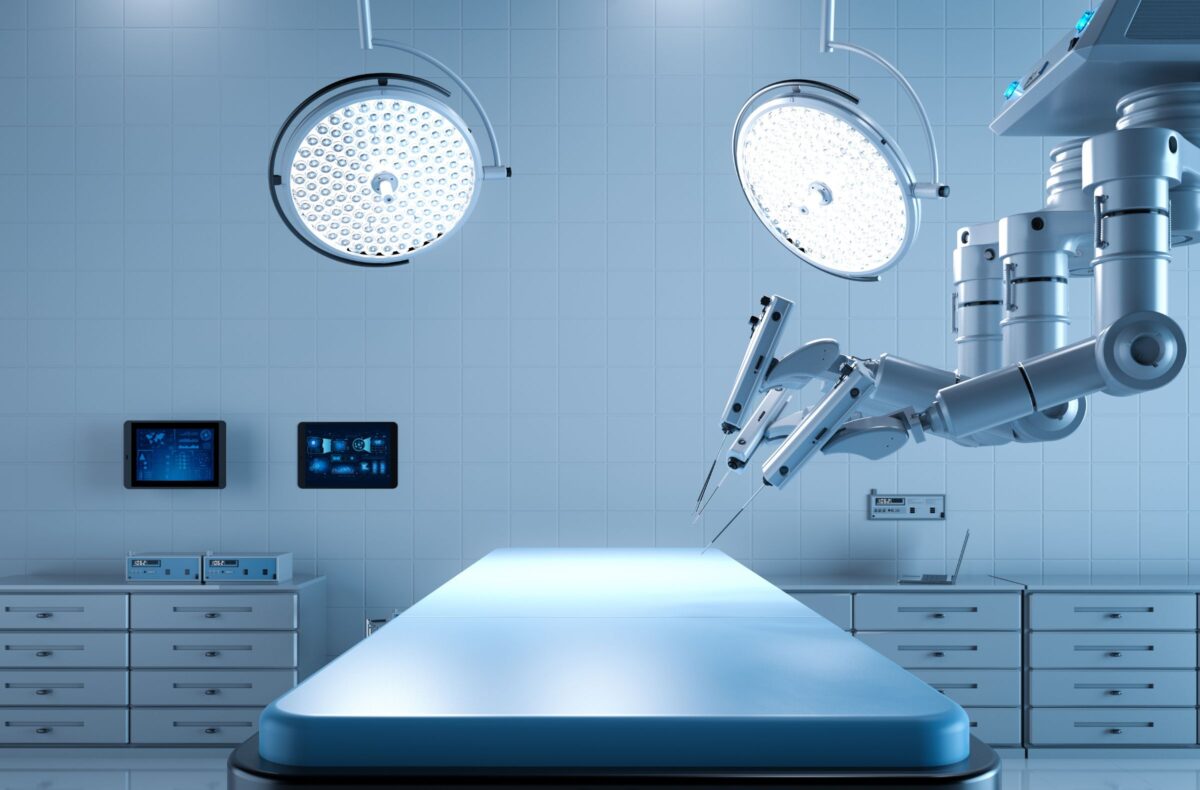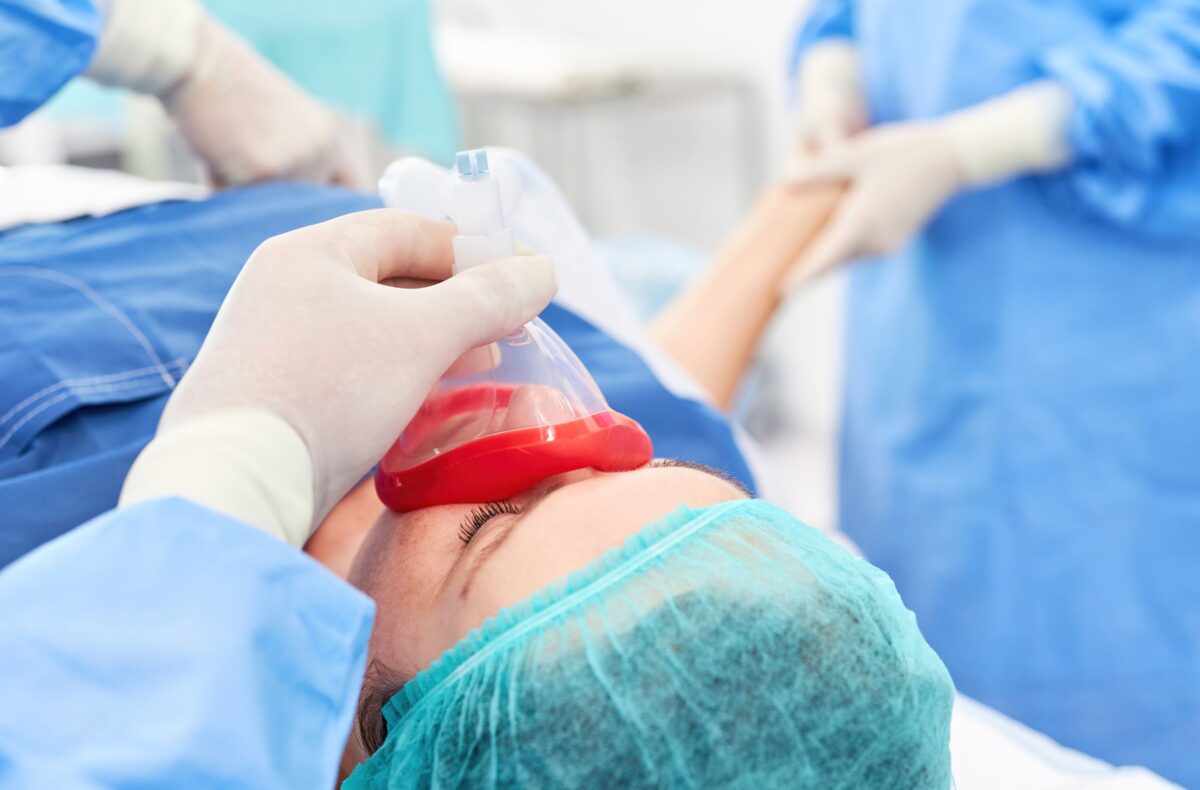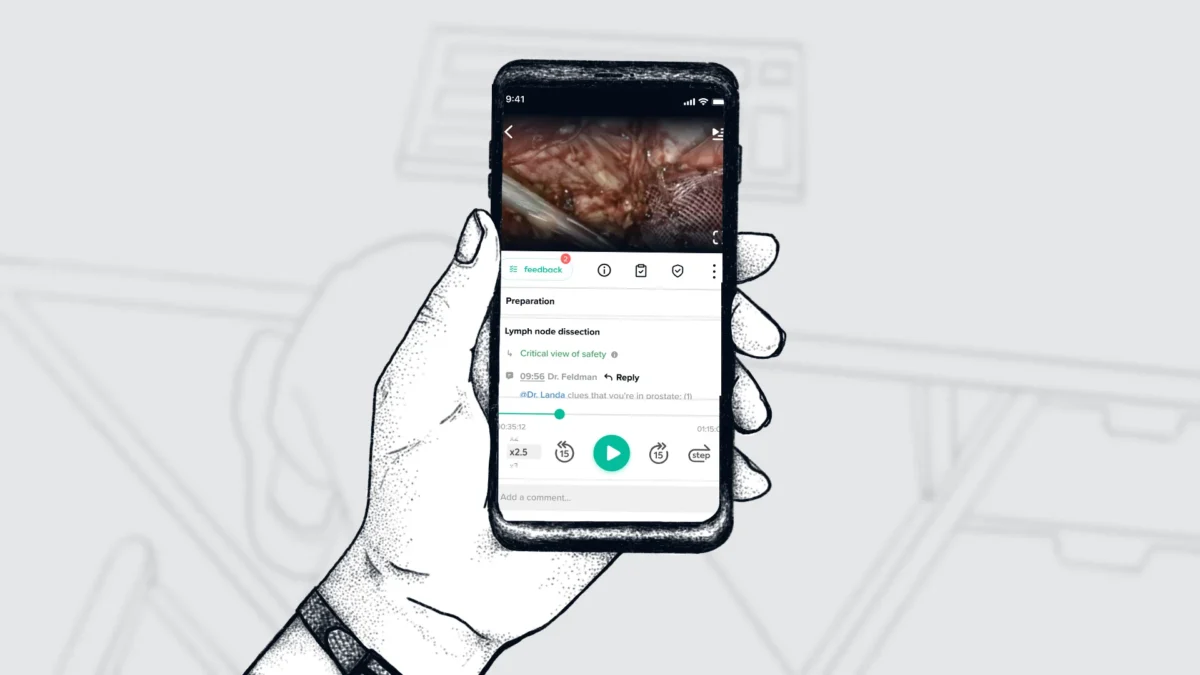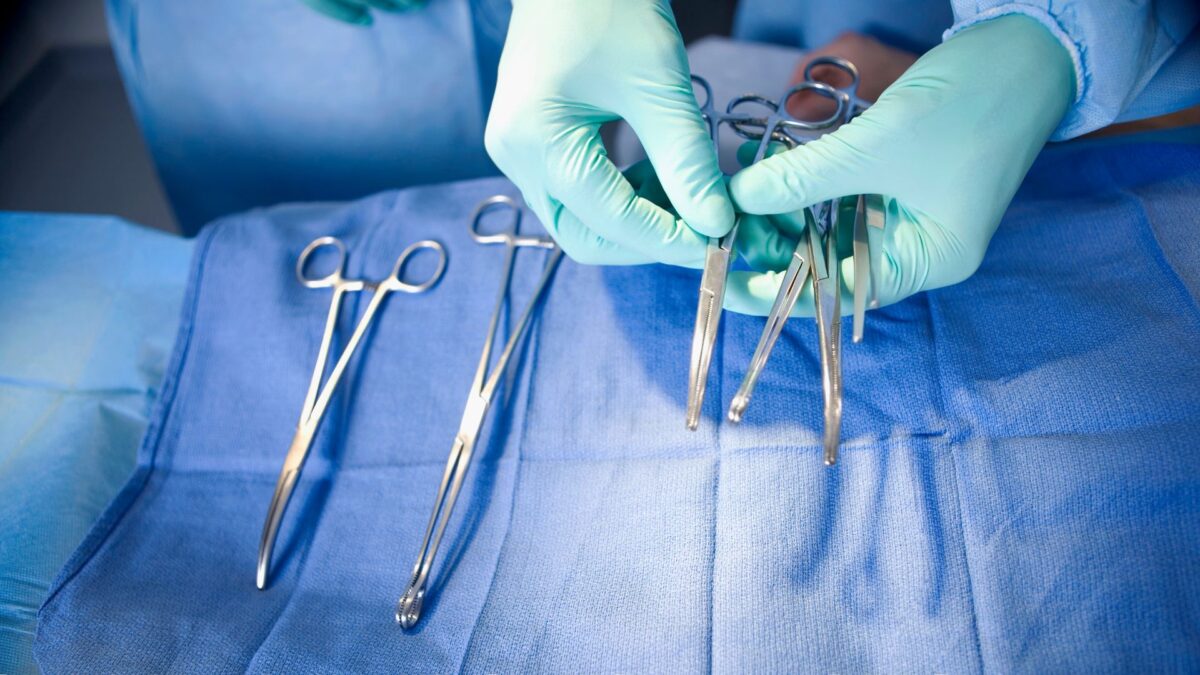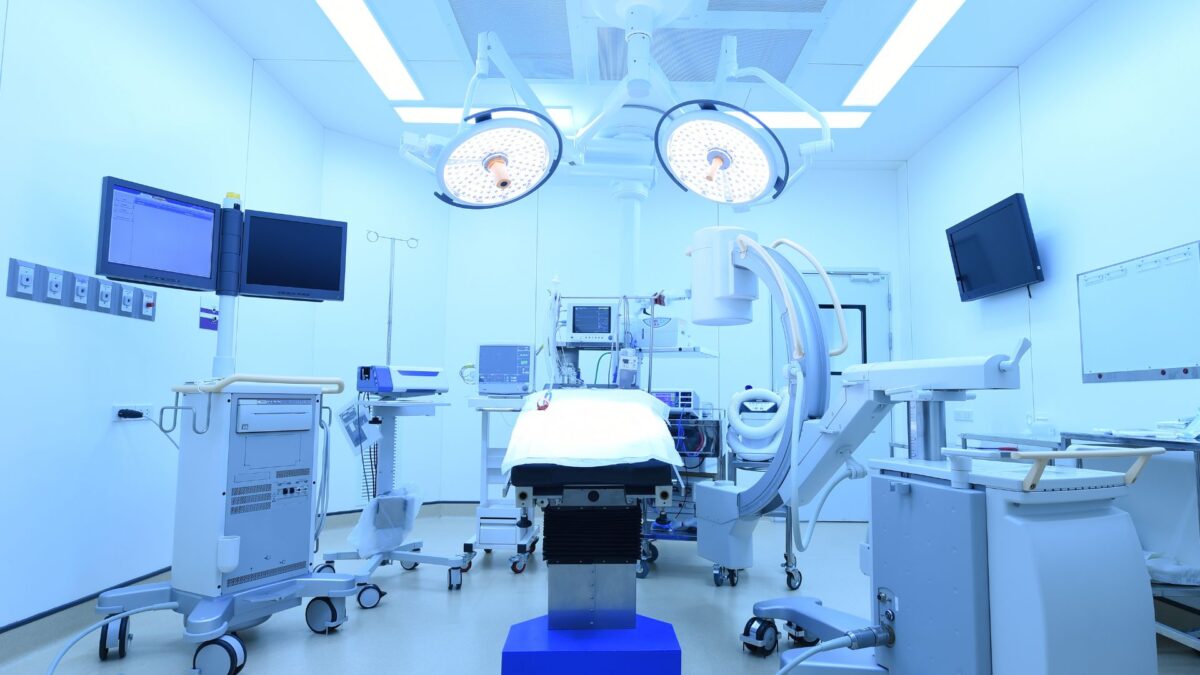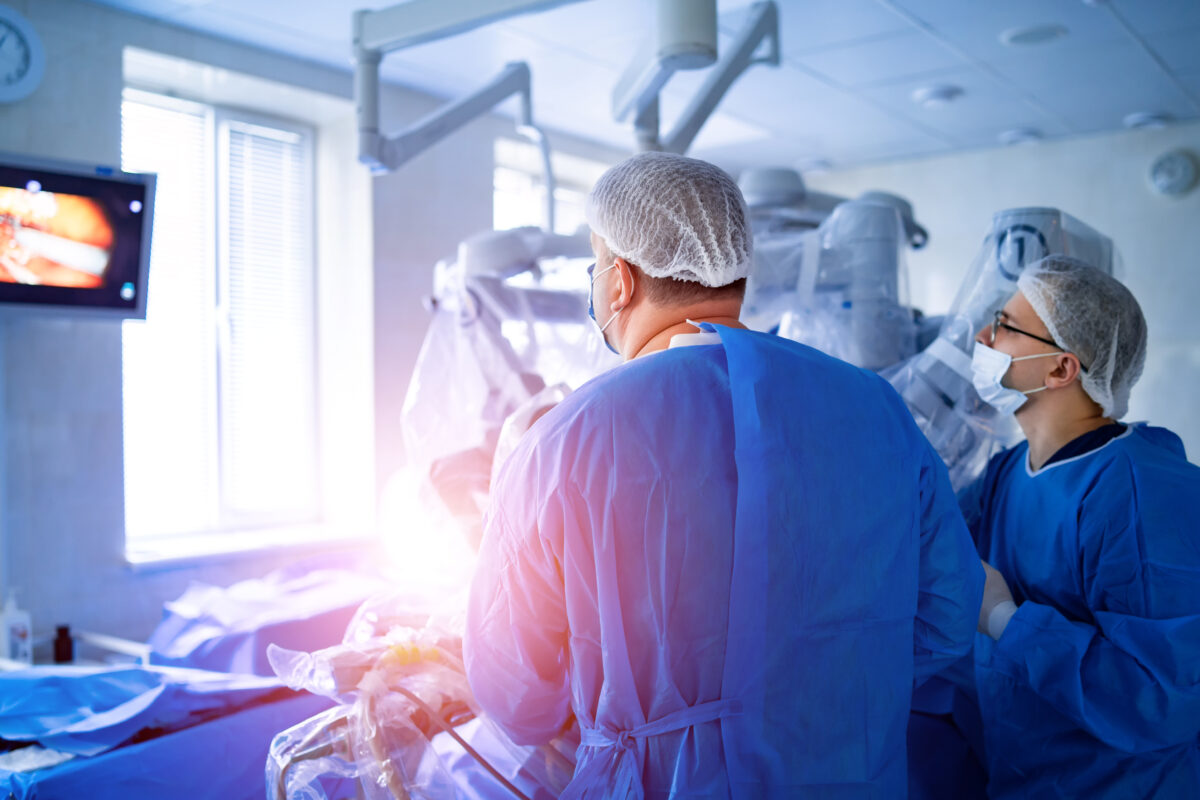Same Logo Means Consistent Care, Or Does It?
![]() Jordan
on
June 26, 2024
Jordan
on
June 26, 2024
The best brands have a logo that elicits a positive, consistent response. Coca-cola? You see the fizz and your mouth begins to water. McDonalds? Those golden arches represent a burger and fries, delivered fast and tasting the exact same, whether you’re in your city or 1,000 miles away.
Brands signal consistency and as consumers we have come to expect that.
Healthcare, in some senses, is not all that different from fast food. As hospitals all over the US are consolidating, and well-recognized, big, bright logos are replacing smaller ones, patients will expect the level and standard of care that comes with the brand of the new logo. Whether it is the flagship hospital or a satellite campus, when those “golden arches” are on the front of the building, a patient is expecting the same high quality care.
Not all hospitals are created equal
Variability in surgery is inherent – patients don’t present the exact same anatomy, tool availability varies, and surgeon and staff experience varies. Driving consistency in how surgery is performed seems near impossible, at least without the help of technology.
Routinely and automatically capturing and analyzing surgical video is the first step in identifying variability, with actionable ways of how to standardize care. Multiple health systems across multiple surgical specialties have already identified specific sources of variability.
Read on to see a few examples.
Variability in adoption of surgical practices
In laparoscopic cholecystectomies, one health system (comprising three hospital sites) averaged a 40% adoption of Critical View of Safety, a widely-accepted surgical best practice that reduces the risk of bile duct injuries. When diving into each of the three hospital sites, variability was uncovered in average adoption:
- Hospital 1 = 33%
- Hospital 2 = 45%
- Hospital 3 = 70%
There’s a similar story here for Right Hemicolectomies in Colorectal Surgery, Robot-Assisted Radical Prostatectomies in Urology Surgery and Hysterectomies in Gynecology Surgery. Despite being under the same healthcare system, separate hospital sites within the system have wide variability in adoption to surgical practices, median procedure time, and more. With the power of AI technology, these insights, for the first time, are surfaced and proactively addressed.






